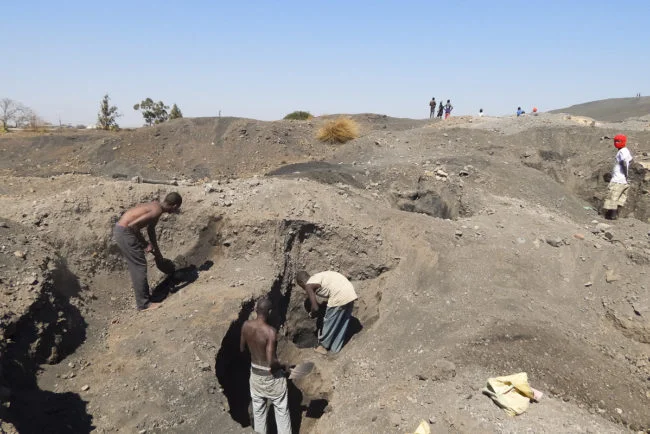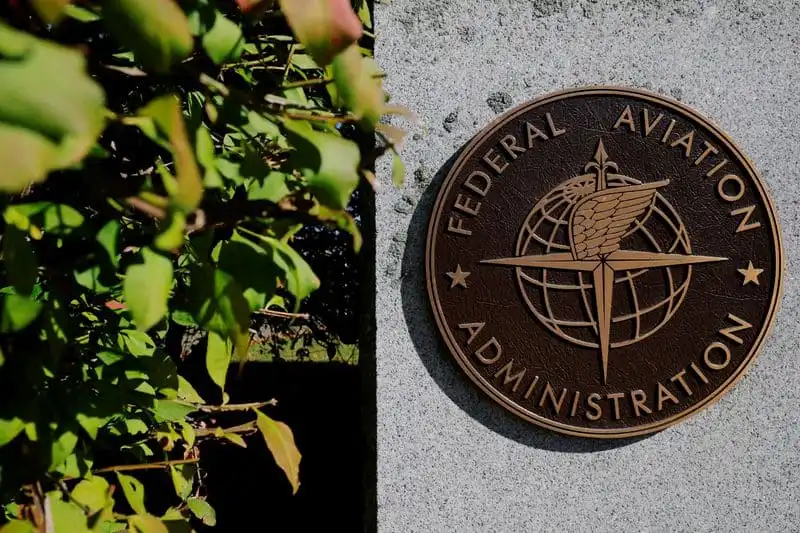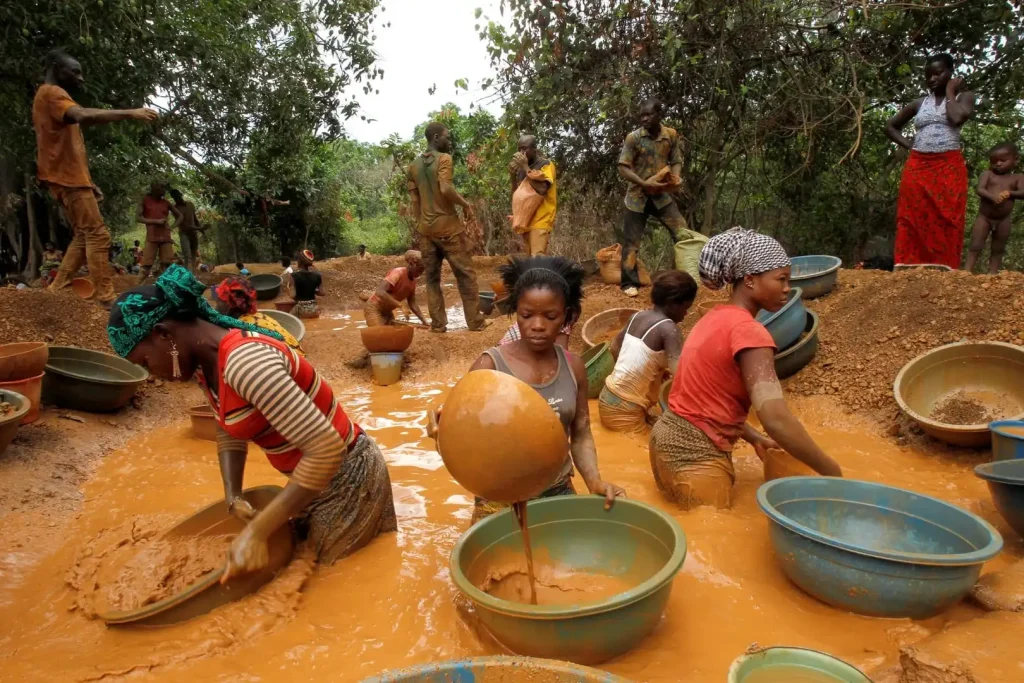On February 18, 2025, a tailings dam at a Chinese-operated copper mine in Chambishi, northern Zambia, collapsed, releasing approximately 50 million liters of toxic waste into the Kafue River, a vital water source for millions.
The spill, containing acidic and heavy metal waste, raised immediate environmental and health concerns.
US Embassy Alert
On Wednesday, August 6, 2025, the US Embassy issued a health alert, citing new data on “hazardous and carcinogenic substances” like arsenic and cyanide in Chambishi and Kitwe. It ordered US personnel to evacuate the area and warned against travel due to potential airborne contaminants.
Zambia’s Response
Zambia’s government, through spokesperson Cornelius Mweetwa, refuted these claims at a Thursday press conference.
Mweetwa stated that cleanup efforts, including lime dosing by the Zambian Air Force, had neutralized acidity in the Kafue River. Laboratory tests confirmed pH levels returned to normal, ensuring safety for human, animal, and plant life.
Environmental and Political Context
The spill sparked criticism, with some, like Green Party leader Peter Sinkamba, accusing the US of politicizing the issue to target Chinese mining operations. Mining accidents are frequent in Zambia, a global copper production leader, highlighting ongoing environmental challenges.
Ongoing Concerns
Despite assurances, environmentalists stress the need for stricter regulations to prevent future disasters. The Kafue River, supporting 60% of Zambia’s population, remains critical to the nation’s livelihood.
Tanzania’s Business Restrictions:Ignites Tensions with Kenya























